Autism refers to a range of developmental conditions that affect how an individual perceives the world and interacts with others. The medical term is Autistic Spectrum Disorder or ASD. Children that have autism, need craft activities that incorporate the senses. It is an effective way to improve your kid’s attention span and reduce anxiety. So, what are some of the best activities for autistic kids?
Children are wired to use their senses to develop skills during play. A toy can be used in many different ways. Sensory games are the best activities because they put your children in a position to work with their hands and senses.
Reader's Roadmap
Benefits Of Sensory Play
Before we get to some of the activities that help with autism, let’s talk about the benefits of sensory play. As we said before, sensory activities and sensory games are fun and interesting, but also beneficial. Children of all ages can play them. Starting from babies to young children, the sensory experience encourages your kids to explore and investigate.
They also support children to use the scientific method of observing, forming a hypothesis, experimenting, and making a conclusion in the end.
Sensory play allows children to refine the threshold for different sensory information. This helps their brain to create a stronger connection to sensory information.
For example, if a child finds it difficult to play with others because there is much happening in the environment, sensory play activities can help. Through sensory play, a child can learn to block out the noise and focus on the play. This encourages them to play more with their peer.
Let’s talk about another example. Let’s say, you have a kid who is fussy with eating foods with a wet texture. Sensory play helps your kid with touching, smelling, and playing with the texture of the environment.
To summarize, sensory games benefits are:
- Build nerve connections in the brain
- Encourage the development of gross motor skills and fine motor skills
- Support language development
- Improve communication skills
- Encourage scientific thinking
- Encourage problem-solving and improve problem-solving skills
- Involve mindful activities that help children connect with their surrounding
Remember, the desire to engage in the sensory play comes naturally to most children. You just have to encourage it and support it.
Best Activities For Autistic Children
Sensory bottle
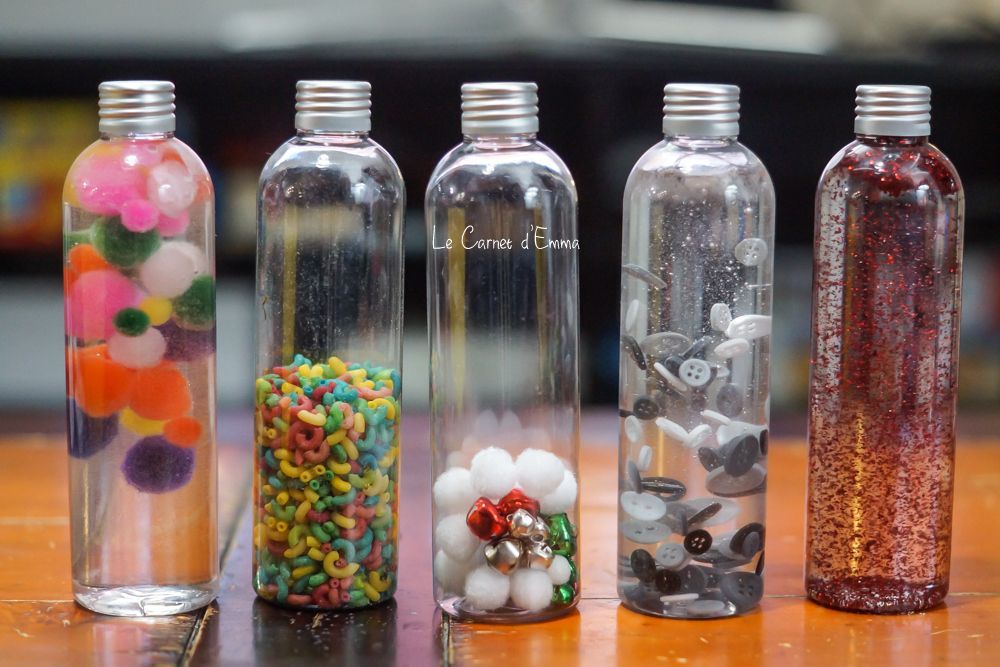
What you will notice in these sensory games for autism is that they are easy and you have most of the ingredients and materials at home. For this game, for example, simply fill an old plastic bottle with a mix of water, glitter, and a few drops of food coloring.
The end result is an eye-catching toy for your kid. Seal the lid and give your kid to engage and focus on the bottle.
Coin Rubbing
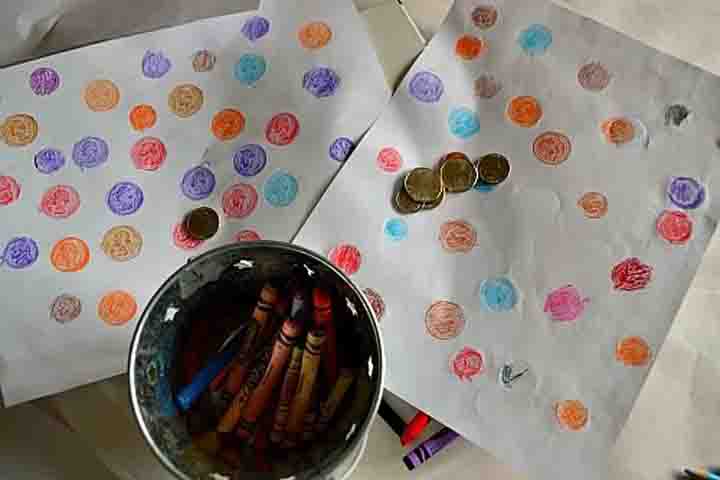
This is a timeless classic. Even adults can play it. Gather a few different coins, place a sheet of paper over the top, and use mixed crayons to rub a colorful pattern into the paper.
Your children with autism will love making patterns while they also develop hand-eye coordination skills. You can also ask friends who travel abroad to borrow coins that they have collected.
Thread Edible Jewelry
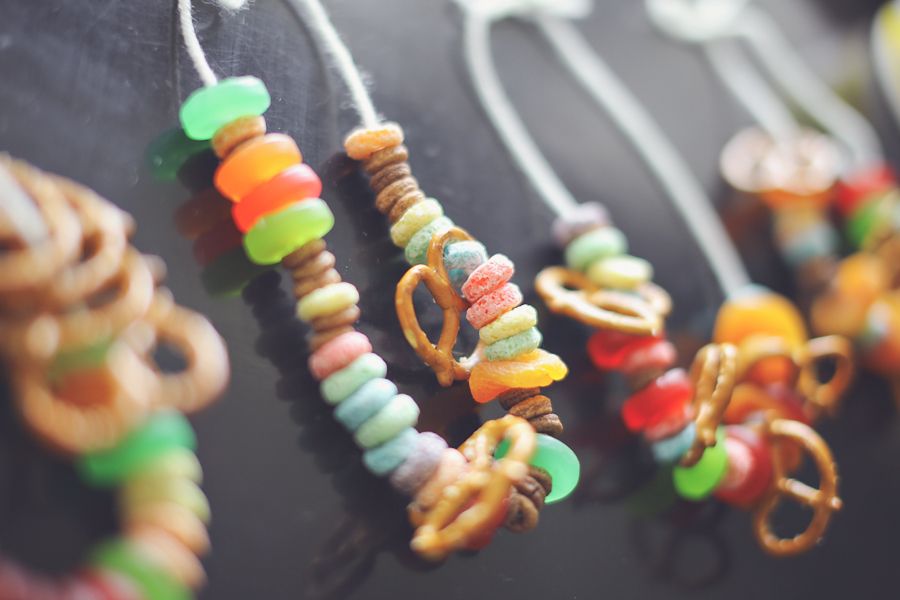
For this game, you need candy laces and licorice. Use them to create pretty necklaces and bracelets. Then, encourage your kid to hone their gross motor skills by threading on cereal with holes in the middle and other colorful candies.
When they finish, knot the ends and you will have a fashionable and tasty creation.
Pool Noodles
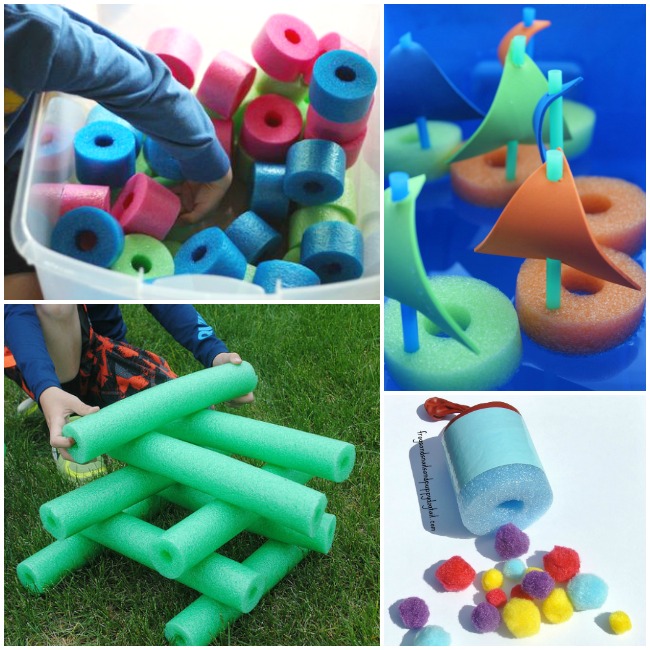
This is one of the cheapest and most versatile sensory stimulation games. All you need is a bowl or plate to serve as a pool. And then add noodles.
You can cut noodles to stack and build like blocks. Label them with letters of the alphabet, stack pieces on top of each other, and many more. The sky is the limit. Go as far as your imagination and creativity take you.
Sensory Time Out Area
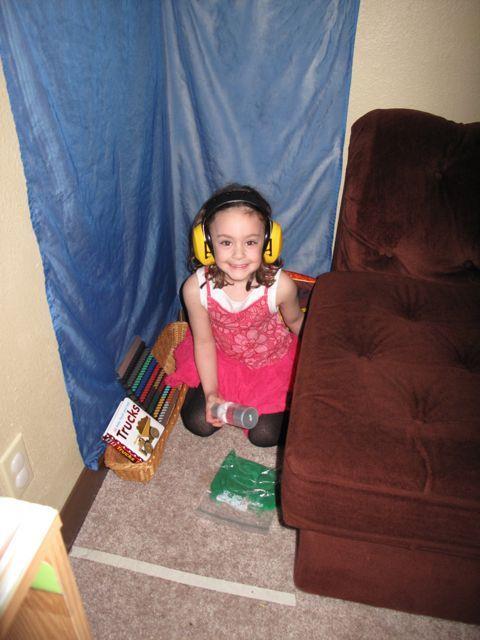
Make sure to create this area where your kid feels safe. There, your kid should relax. Therefore, avoid placing it in the center of the home.
Once you chose a spot, encourage your child to work with you and give him choices of material that he/she wants to play with.
Maze Books And Word Searches
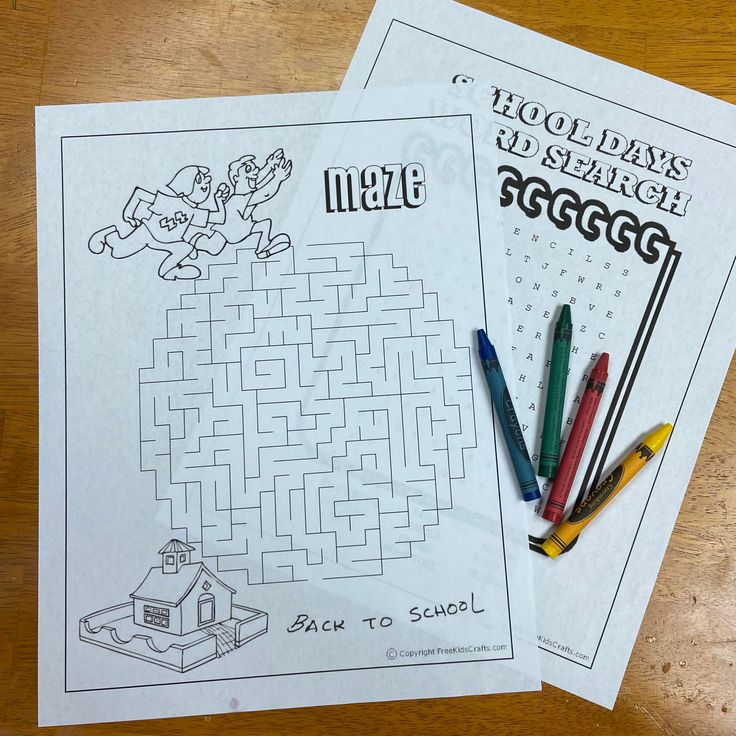
Maze books, word searches, and spy puzzles are great for working on visual skills. You will have fun while learning. We do not recommend computer games for this sensory activity.
Work with paper and pencil to help with coordination of the hands and visual skills.
An Obstacle Course
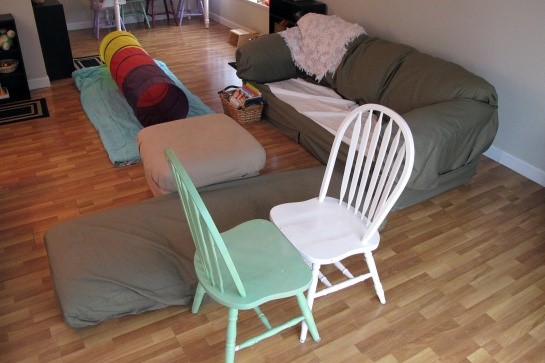
If you feel your kid can finish it, try this one. It is important to put your child in a position to win so that he feels a sense of accomplishment.
For this obstacle course, you can use anything you can find. Hula hoops, bean bag tossing, jump ropes, you name it.
Some of the games you can play include hopping like a frog, galloping like a horse, crawling like a puppy, wiggling like a worm, jumping like a kangaroo, walking like a crab, and more.
Yoga Movement Activities
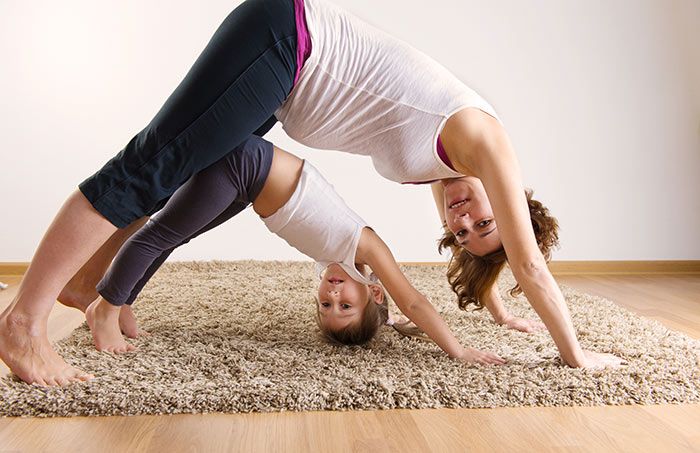
You can incorporate yoga movements throughout the day. No, your child will not do complicated yoga poses. But deep breathing and calming strategies are easy to practice. These yoga movements will help your autistic kid calm down when they are in a stressful environment.
Sensory Collage
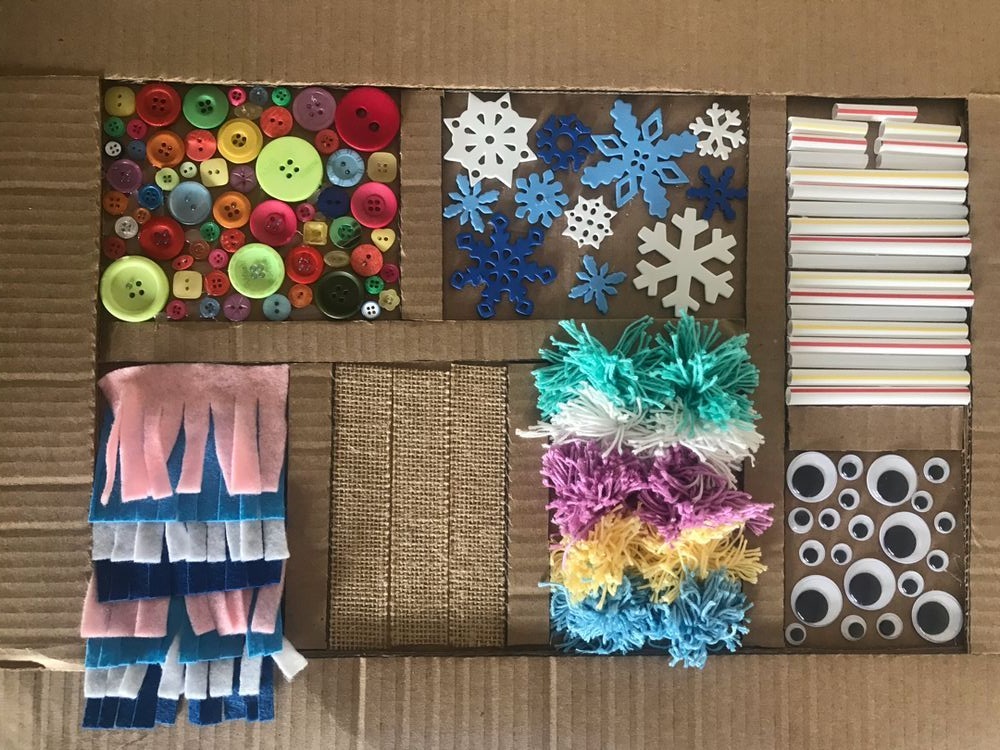
Autistic children find distinct textures and sensations overwhelming. You can ease your kid into these activities by making a tactile collage. Try some new materials like aluminum foil, glitter, and magazine clipping.
As your kid gets accustomed to them, introduce a wider range of textures.
Ice Painting
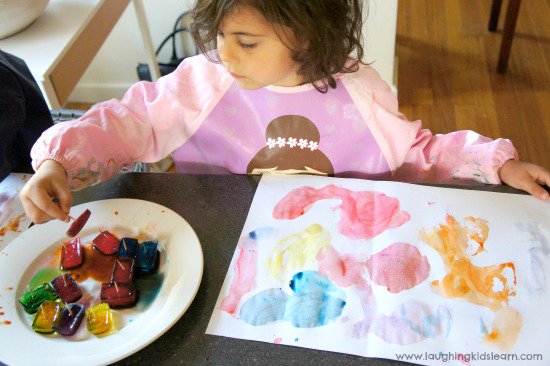
This is a fun and easy science experiment. Use it to stimulate your kid’s curious mind. For this experiment, you need to pour different colored acrylic paints into an ice tray. Place wooden craft sticks in each compartment.
Freeze it, and once frozen solid, remove the paints. Let your child create beautiful designs by swirling the melting over paper.
Scented Playdough
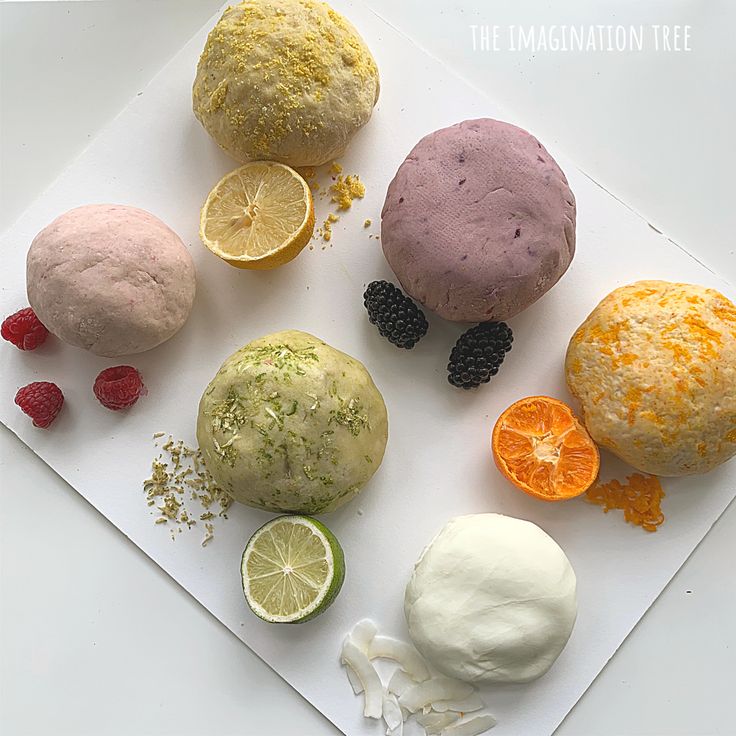
Make up a large batch of playdough. Divide it into separate bowls. In each bowl, mix different ingredients. This will create easily identifiable smells.
For example, you can use cinnamon for one, lemon juice for another, and ginger. Some people also add food coloring.
Ask your kid to guess the different smells while playing with the dough.
Mud Kitchen
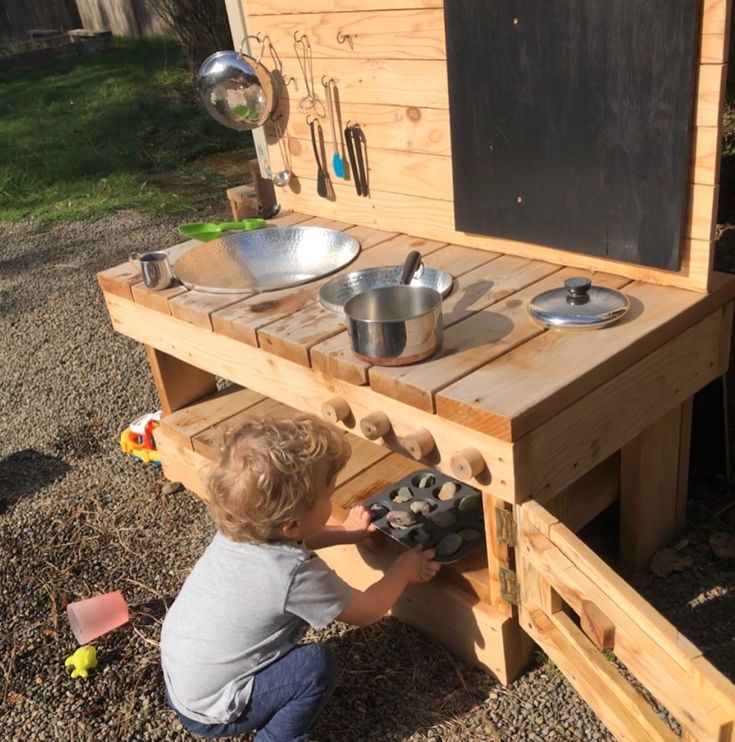
This is the classic sensory activity you can play if you have the space. The game is quite popular among kids who love sensory activities.
You can buy a ready-made mud kitchen or make your own.
Footprint Painting
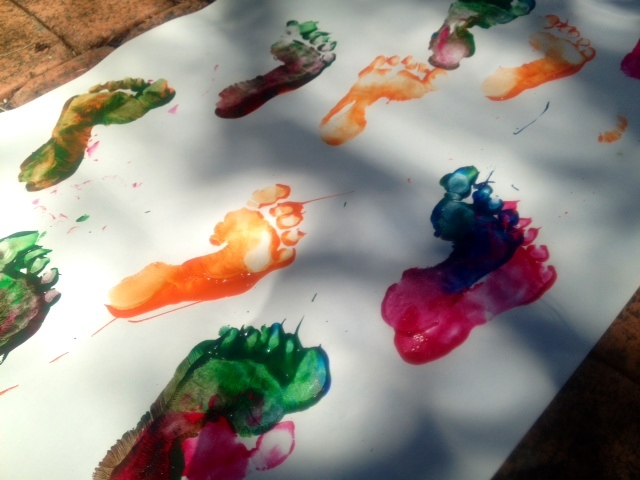
Start the game with a large roll of paper. Then, get some trays of paint and paper towels. You will need water close as well to clean the paint. Allow your kid to step on paint and then on the large roll of paper. Create as many footprints as your kid loves.
As you get better, you can try creating a particular scene.
Tasting Game
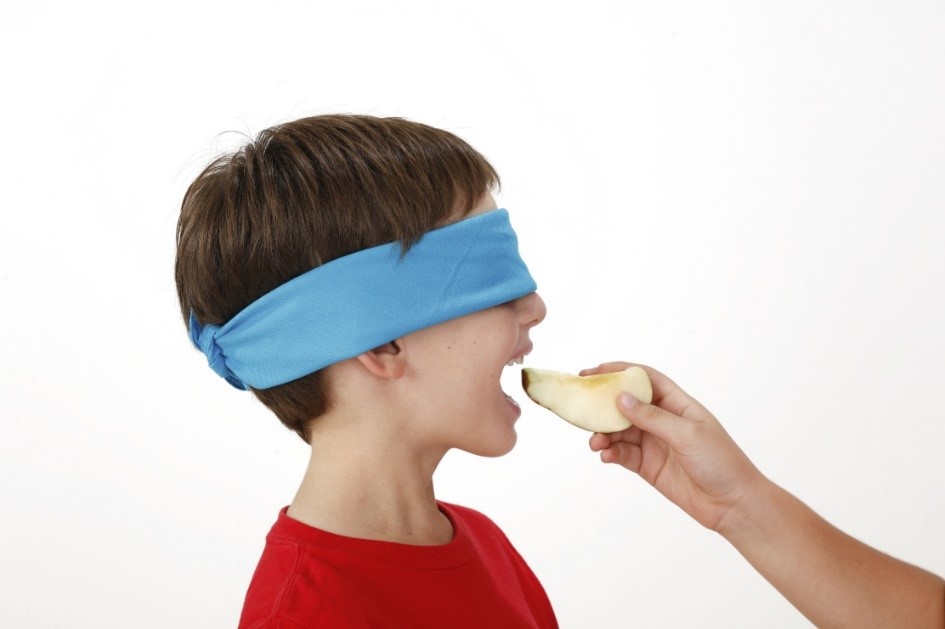
It is a simple yet effective game. Blindfold your kid, and then let him/her taste different kinds of foods. You can use foods that your children love. But remember, it is also a great way to introduce new tastes and textures.
Cornflour Slime
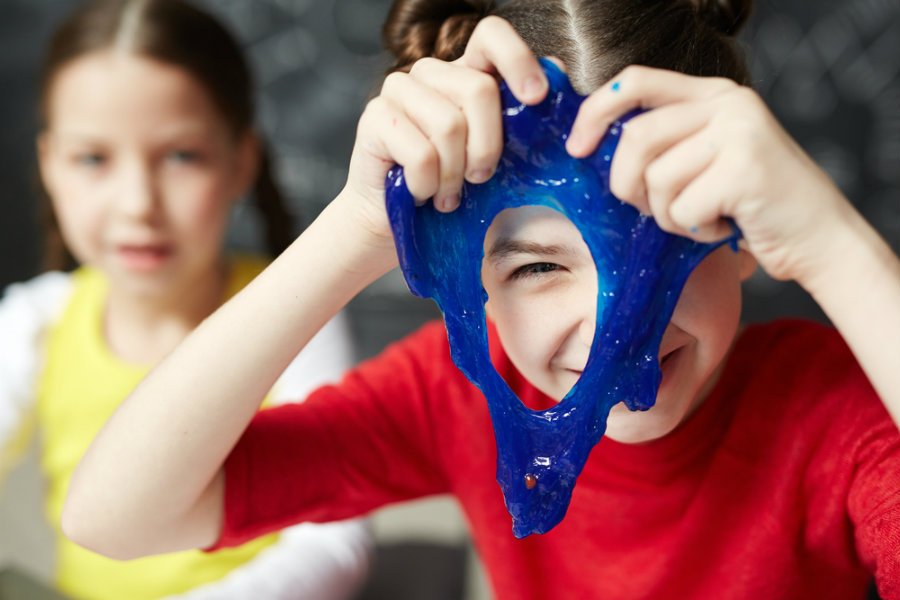
Try to make a homemade slime to play with your kid. Slime has unusual properties, it is a cross between a liquid and solid.
Mix cornflour and water in a large shallow container until you get a slime consistency. Give it to your kid to play with.

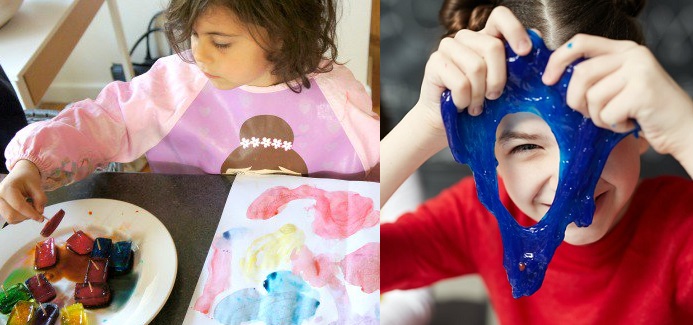


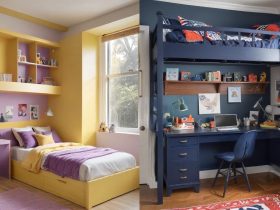

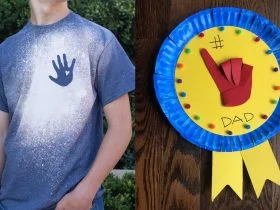
Leave a Reply
View Comments